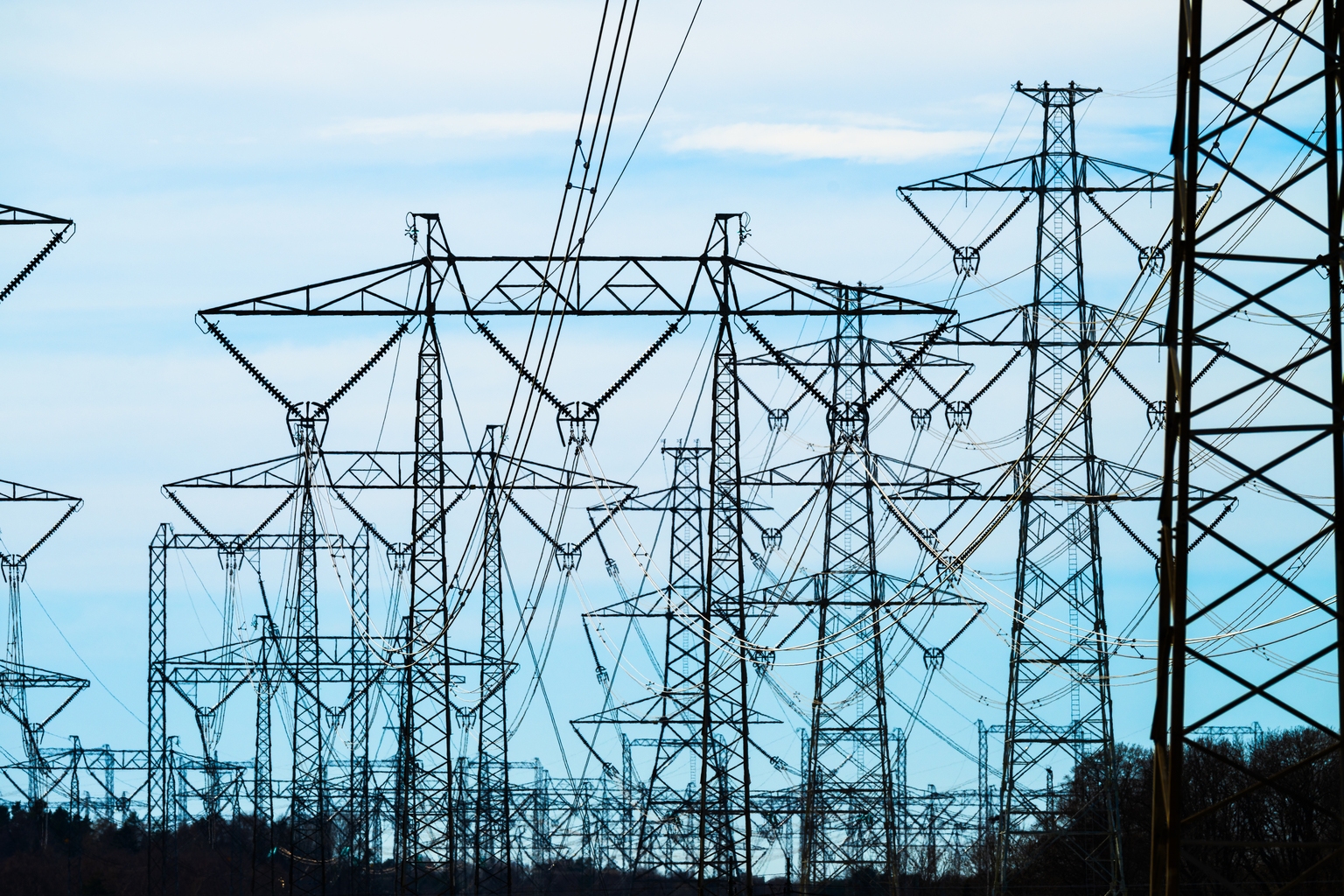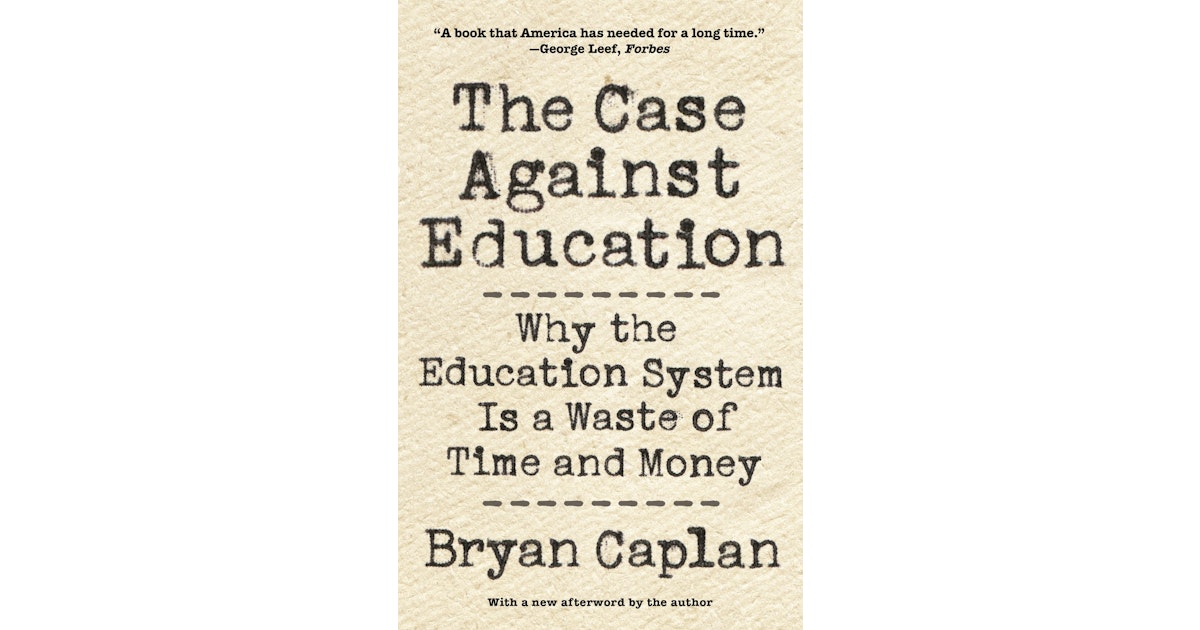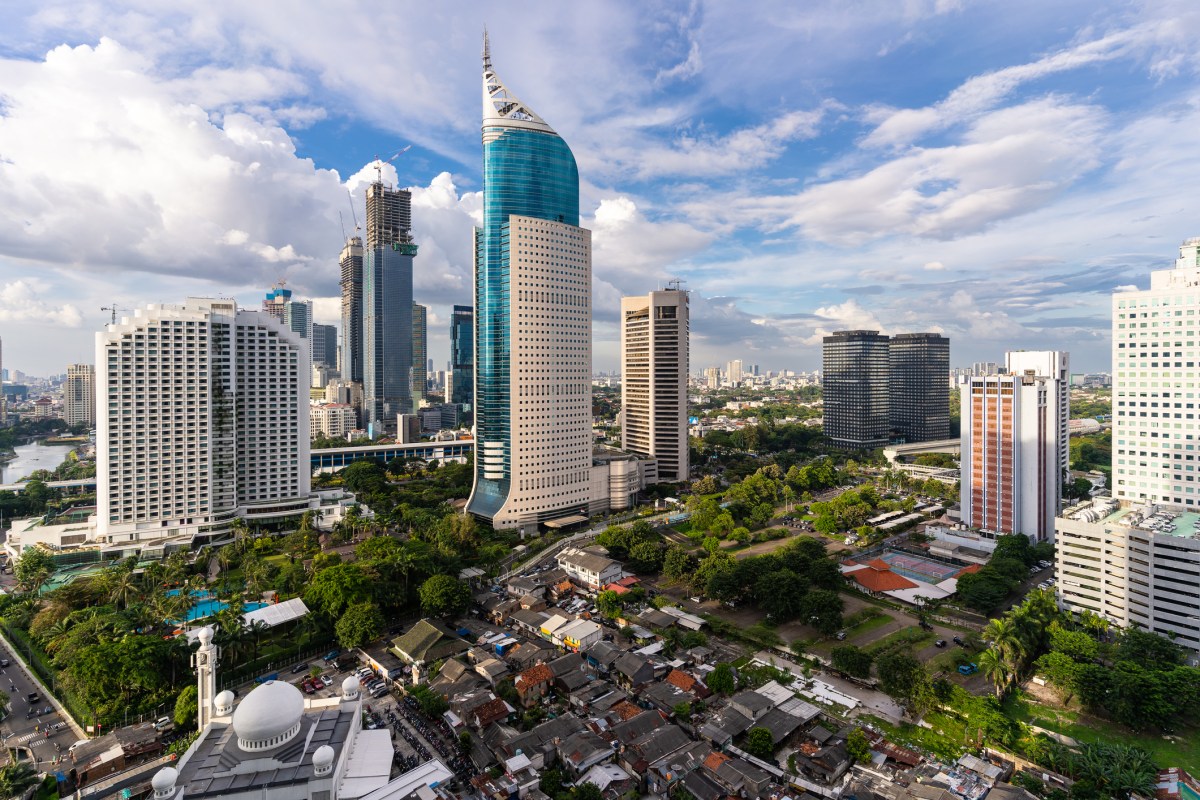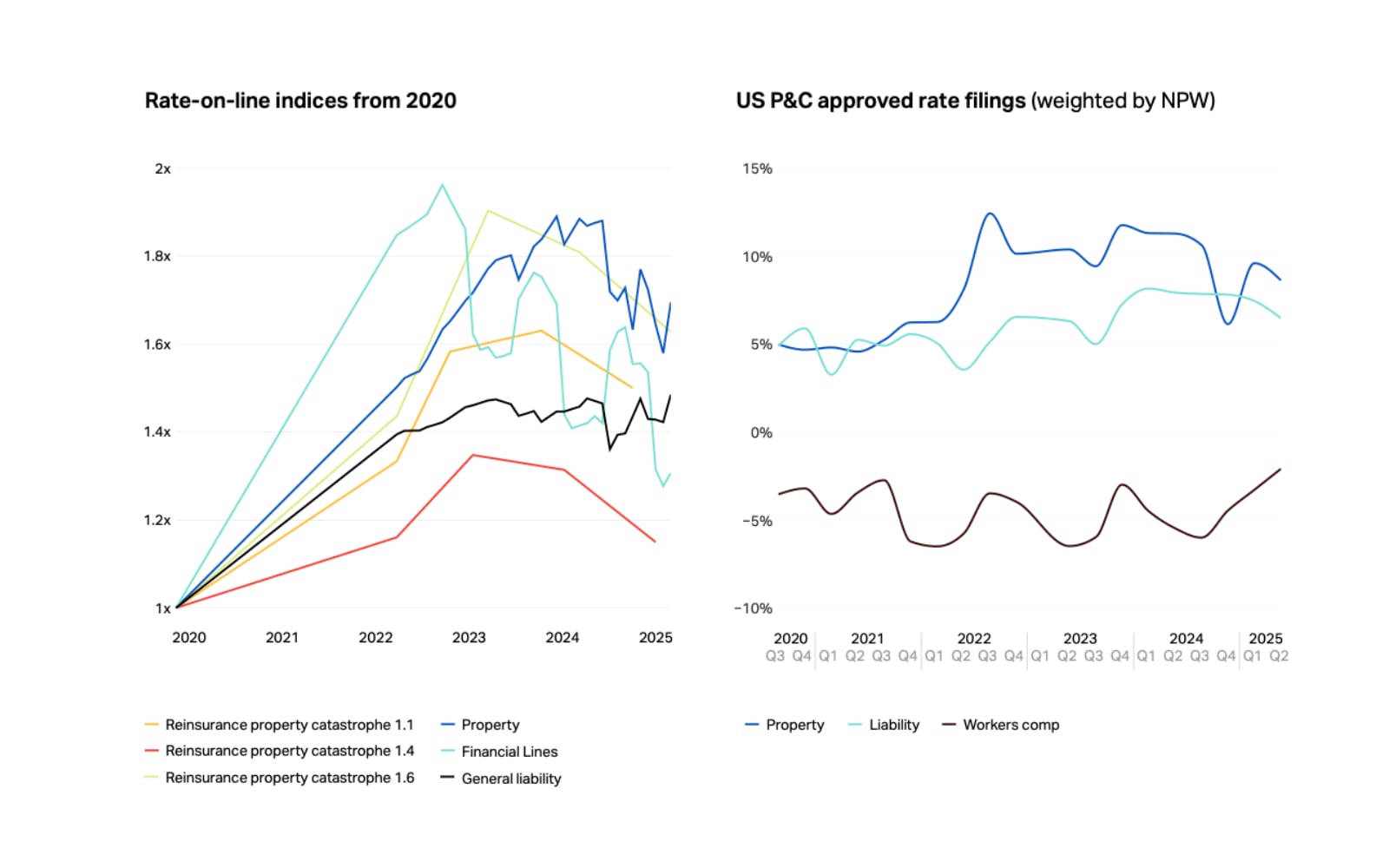Which Energy-Efficient Practices Help Businesses Save Costs?
In the quest for sustainability and cost savings, we’ve gathered insights from CEOs and COOs on energy-efficient practices that have proven successful in their businesses. From switching to energy-efficient appliances to streamlining supply chain processes, explore the diverse strategies and real-life successes in these twelve expert contributions.
- Switch to Energy-Efficient Appliances
- Install Solar Panels and LED Lighting
- Maximize Natural Light Usage
- Implement Occupancy-Based HVAC Optimization
- Adopt Energy-Efficient Exterior Remodeling
- Insulate and Seal for Heat Retention
- Optimize Server Usage for Peak Hours
- Prioritize Efficient Supply Chain and Transportation
- Promote Employee Energy Conservation Awareness
- Transition to a Paperless Business Model
- Introduce Compressed Workweeks
- Avoid Oversizing Employee Equipment
- Streamline Supply Chain Processes
Switch to Energy-Efficient Appliances
Transitioning to energy-efficient appliances has been a game-changer in our break rooms and kitchens. It wasn’t just about embracing the latest trend; it was about making a tangible difference in our daily operations. I vividly recall the transition, a decision not made lightly but with careful consideration for both our budget and the environment.
Gone are the days of clunky, outdated appliances guzzling electricity and water as if there’s no tomorrow. Now, stepping into our break room feels like a breath of fresh air, quite literally. The new refrigerator hums quietly in the corner, efficiently cooling our snacks and drinks without breaking a sweat. And the dishwasher? It’s a silent hero, swiftly cleaning our dishes while using minimal water and energy.
But the impact goes beyond mere convenience. It’s about the ripple effect of our choices. I’ve seen firsthand how these energy-efficient upgrades have translated into tangible savings over time. The reduced electricity and water bills have been a welcome relief, allowing us to allocate resources to other areas of our business.
Moreover, there’s a sense of pride in knowing that we’re doing our part for the environment. Each time I load the dishwasher or reach for a cold drink, I’m reminded of the small but significant role we play in conserving resources and reducing our carbon footprint.
It’s not just about the numbers on a spreadsheet; it’s about embracing a mindset of sustainability and responsibility. Our journey toward energy efficiency hasn’t just transformed our break rooms; it’s transformed our perspective on how we operate as a business. And that, in itself, is a powerful testament to the impact of conscious choices.
Tim Griffiths, CEO, Initial Interiors
Install Solar Panels and LED Lighting
Last year, we had to make a lot of cutbacks to save on operational costs. Saving on our energy costs was at the top of our priorities, and one of the long-term strategies we implemented was installing solar panels to help drastically reduce our electricity use.
However, between lighting, electrical circuit use, and air cooling and heating, we realized that in order to effectively succeed in reducing our electricity bills, we would need to educate and get the rest of the team on board with the plan to become more energy-efficient by conserving energy within the office.
Having understood that the efficiency of our installed solar panels would be increased by more energy-efficient lighting, we made the switch to LED lighting. We also made a rule to turn off all electronics when not in use. Additionally, in an attempt to improve employee wellness and increase their satisfaction, we encouraged some of our employees to work from home. This way, they also reduce their carbon footprint.
Tim Hastings, General manager, Top Rated Law
Maximize Natural Light Usage
As an entrepreneur, energy efficiency starts right here, and we have employed several mechanisms in order to cut down on costs and do our part in the protection of our environment.
By applying an abundance of natural light, maximizing exposure, and minimizing the use of artificial sources, our electricity bills have considerably declined, and I have also achieved a great working environment. Placing energy efficiency at the core is in unison with my value of environmental concern, and thus, I am glad to do my part in creating a better environment for future generations.
I confidently hold that the incorporation of such practices should become part of every business operation to cut back on costs while also making a positive change within all communities.
Chaitsi Ahuja, Founder & CEO, Brown Living
Implement Occupancy-Based HVAC Optimization
In my experience with facility management and analytics, specifically focusing on initiatives like occupancy-based ventilation and HVAC system optimization, I’ve observed measurable success in reducing energy costs.
For instance, we implemented predictive analytics software in a commercial building to adjust ventilation based on actual occupancy. This dynamic adjustment led to a significant reduction in energy use, approximately 20%, by ensuring ventilation operated optimally—only when necessary and according to real-time occupancy data. This practical application of technology not only bolstered our energy efficiency but also demonstrated the tangible benefits of leveraging data for operational adjustments.
Focusing on HVAC systems, we set up continuous monitoring to identify inefficiencies and potential savings opportunities. We discovered that regular maintenance and minor upgrades, such as installing more efficient filters and sealing leaks, improved system efficiency by 15%. This proactive approach prevented costly repairs and replacements, emphasizing the value of preventative care for both sustainability and cost reduction. By sharing these findings, the project encourages facility managers to consider the long-term savings of regular HVAC maintenance over the immediate costs, showcasing a cost-effective strategy for energy management.
These experiences underline a broader trend towards smarter, data-driven facility management. By integrating technology and analytics into our operational processes, we can unveil significant opportunities for energy savings. These strategies not only reduce operational costs but also contribute to a more sustainable, environmentally friendly approach to business operations. The key takeaway from our efforts is that, with the right tools and a proactive mindset, it’s possible to significantly impact energy costs while promoting sustainability.
Tracy Davis, Founder & CEO, TRAX Analytics, LLC.
Adopt Energy-Efficient Exterior Remodeling
In my role at JASB Roofing & Exterior Remodeling, I’ve been deeply involved in implementing energy-efficient practices not just within our business operations, but also in the solutions we provide to our clients.
Our focus has been on improving energy efficiency for homes through exterior remodeling, which has a direct impact on reducing energy costs. A notable experience was when we transitioned our office and on-site equipment to more energy-efficient models. This included investing in electric vehicles for our team’s site visits and high-efficiency portable power tools for our construction projects. These changes led to a noticeable reduction in our operational energy costs by approximately 25% over a year.
We also adopted digital solutions for project management and client consultations. This significantly reduced the need for paper-based processes and minimized travel requirements, saving on fuel consumption. Using digital tools allowed us to conduct virtual consultations and project assessments, which translated into a reduction in our carbon footprint and operational costs. It’s been a successful endeavor that showcased how digital transformation can lead to environmental and economic benefits.
On a project level, we undertook a large-scale renovation where we replaced traditional siding and windows with high-insulation, energy-efficient alternatives. The project not only improved the aesthetic appeal of the home but also its energy performance significantly. The homeowners reported a nearly 30% reduction in their heating and cooling costs post-renovation. This case study became a cornerstone of our advocacy for energy-efficient renovations, demonstrating to our clients the long-term cost-saving benefits of such investments.
Throughout these experiences, I’ve learned that effective energy cost reduction is a multifaceted approach that combines innovation, technology, and a commitment to sustainability. It’s rewarding to see the tangible benefits these practices bring to our business and the added value they provide to our clients.
Audie Brower, Owner, JASB Roofing and Exterior Remodeling
Insulate and Seal for Heat Retention
I run a renovation business in Minnesota, and let me tell you, the weather is rough, and heating is one of our biggest costs, both in business and in my personal life. We were able to mitigate that in the office by taking simple prevention and what I like to call “defensive” measures.
Making sure you’ve got double-glazed or triple-glazed windows, sealing all window and door gaps, using rugs, and even placing pillows on the window sills can help block out some of that cold air and trap the heat inside. If replacing your whole insulation is not possible, I understand, but it’s one of the most effective measures you can take.
Rick Berres, Owner, Honey-Doers
Optimize Server Usage for Peak Hours
I’ve implemented several energy-efficient practices to cut costs. One of the most effective ways is switching our servers to only run during peak traffic hours. Since much of our traffic comes from 9-5 office workers, we turn off 60% of our servers at night and on weekends when demand is lower. This simple change has saved us approximately $150,000 per year in energy costs.
An example of when these specific measures really paid off was during the development of a new product last year. The extra servers and computing resources needed for testing were projected to cost approximately $350,000 in additional energy bills. By leveraging our energy-efficient practices, we were able to limit the actual cost to only $250,000. We have seen energy cost savings of 35-40% by implementing innovative, tech-focused solutions. Our customers have also responded positively, appreciating our commitment to sustainability and social responsibility.
Vinika Garg, Chief Operating Officer, Webomaze
Prioritize Efficient Supply Chain and Transportation
In our supply chain, we have implemented energy-efficient transportation practices. This has helped us reduce costs and environmental impact. We have optimized delivery routes and consolidated shipments to minimize fuel consumption and emissions.
Route optimization software has allowed us to streamline logistics and reduce the number of trips required for deliveries. This has saved on fuel costs and decreased our carbon footprint.
We have invested in fuel-efficient vehicles. Regular maintenance schedules ensure optimal performance. Our company has not only achieved cost savings but also demonstrated our commitment to sustainability.
Raymond Kishk, CEO, Custom Filters Direct
Promote Employee Energy Conservation Awareness
I’ve seen employee-awareness programs impact our workplace, especially in energy conservation, as someone closely involved in its daily operations. Our sustainability effort is ingrained in our culture and starts with each employee, not just a statement on posters.
I recall when we began training and awareness campaigns to promote energy-saving techniques. Initially, my coworkers were curious and skeptical. Some wondered if simple changes in their daily routines might make a difference, while others hadn’t considered the environmental impact of their job behaviors.
As these meetings progressed, I saw minds open and viewpoints change. We realized that every action, no matter how small, affects the ecosystem. Small changes like turning off lights in unoccupied rooms, turning down laptops at night, and unplugging chargers add up to big energy savings over time.
I recall one stunning example. We saw amazing results from a campaign promoting overnight computer and device shutdowns. It was like a tsunami of consciousness swept through the company, with everybody ready to contribute. Our energy consumption dropped in the weeks that followed, showing the power of collective action.
Beyond the facts and figures, I was most moved by our workplace’s empowerment. All employees felt like stakeholders in our sustainability activities, acknowledging their environmental stewardship. It was about a shared sense of responsibility and stewardship, not merely following rules or fulfilling goals.
I’m proud to have been part of a community that sees sustainability as a core value, not a duty. Through education and awareness, we’ve reduced our environmental impact and created a culture of mindfulness and accountability beyond the office. I appreciate the chance to contribute to a more sustainable future, one tiny step at a time.
Brett Berger, Co-founder & COO, Flow Sparrow
Transition to a Paperless Business Model
I’ve found that one of the most impactful energy-efficient practices I’ve implemented in my business is going paperless. This was a big shift for me since I used to print out client workbooks, assessments, and resources. However, I realized just how wasteful and costly that was, both in terms of paper and printer ink.
So, I switched to sending all my client materials electronically—whether that’s through email, my client portal, or secure online storage links. While it took some adjustment on my part to go fully digital, it’s been one of the best decisions for reducing waste and overhead expenses. I pass those savings directly to my clients by keeping my rates reasonable.
Going paperless has also made my business more efficient overall. Information is easier to share instantly with clients no matter where they are. We’re no longer limited by physical packets and binders. The amount of paper clutter has reduced drastically in my office, too. I no longer have the hassle or costs associated with printing, organizing, and storing bulky client files. It’s been a win-win shift for both myself and my clients.
Sai Blackbyrn, CEO, Coach Foundation
Introduce Compressed Workweeks
Implementing compressed workweeks offered our team the flexibility of longer, but fewer, working days, significantly reducing the building’s energy consumption and employees’ commuting emissions. This initiative was warmly received by the staff for its work-life balance benefits and proved environmentally and financially beneficial by lowering our daily energy demand. The compressed workweek model demonstrated its effectiveness during a trial period, where we observed a marked decrease in energy usage and costs, reaffirming the value of innovative work schedules in achieving sustainability goals.
Jay Xiao, Co-Founder, SuretyNow
Avoid Oversizing Employee Equipment
One energy-efficient practice we’ve implemented at TechNews180 to save costs is avoiding oversizing equipment for our employees. By carefully assessing the actual needs of our team members, such as the number and size of screens they require and the power of their equipment, we’ve been able to optimize energy usage and reduce unnecessary consumption.
For instance, instead of automatically providing everyone with high-powered computers, we’ve tailored our equipment purchases to match individual job requirements. This approach not only helps us save on energy costs but also ensures that resources are used efficiently. As a result, we’ve seen a noticeable reduction in our energy bills while maintaining productivity levels across the organization.
Neil Hodgson-Coyle, COO, TechNews180
Streamline Supply Chain Processes
One of the best things that we did for our business in terms of energy efficiency was to change a number of processes within our supply chain. After assessing data collected by our AI tools, we found that there were a number of slow processes and bottlenecks within our supply chain that were not only making things more expensive and making it harder for us to keep up with demand but were also using much more energy than what was necessary.
After some strategic thinking and careful planning, we were able to reduce the delays and create a much more energy-efficient process. One of our values at O+ is environmental impact. We’re constantly looking at ways to improve the way we create, move, and handle our products to improve things like energy efficiency, sustainability, etc., and we believe all modern businesses should do the same.
Lauren Carlstrom, COO, Oxygen Plus
Related Articles








































